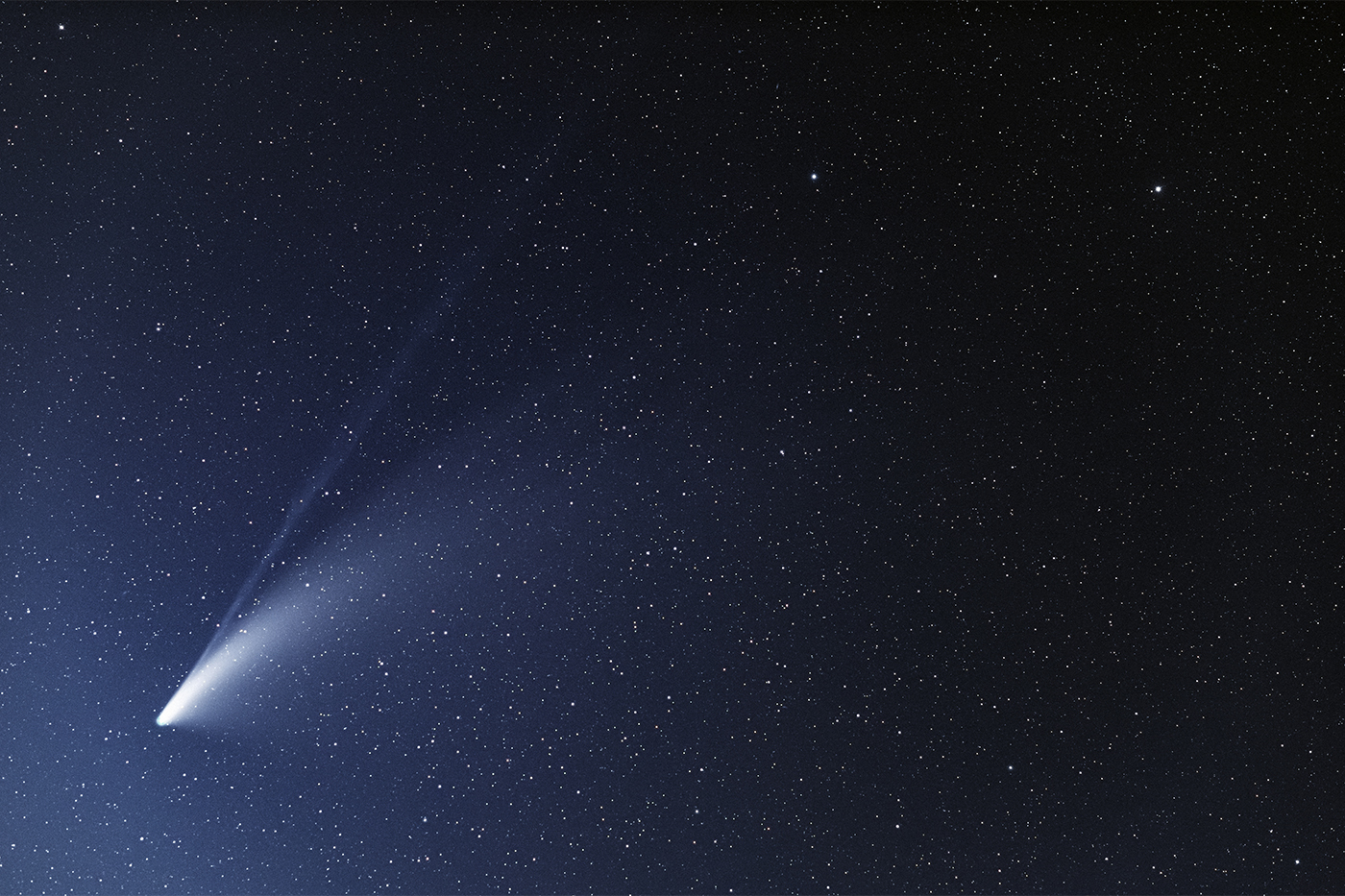The latest images of comet 3I/ATLAS are in, delivering a glorious view of the interstellar object’s burgeoning tail, courtesy of NOIRLab’s powerful Gemini South telescope.
This bodes well for astronomers keen to see the emergence of long, well-defined cometary tails as 3I/ATLAS shimmies towards its closest approach to the Sun, or perihelion – a rendezvous calculated to occur around 29 October 2025 – before the visiting rock’s trajectory points it back out towards interstellar space.
“The primary objectives of the observations were to look at the colors of the comet, which provide clues to the composition and sizes of the dust particles in the coma, and to take spectra for a direct measure of the chemistry,” says astronomer Karen Meech of the University of Hawai’i.
“We were excited to see the growth of the tail, suggesting a change in the particles from the previous Gemini images, and we got our first glimpse of the chemistry from the spectrum.”
Related: 4 Powerful Telescopes Agree: Interstellar Comet 3I/ATLAS Really Is Bizarre

Comets are a particular class of space objects defined as chunks of rock coated and riddled with frozen material. Far from any star, comets just zoom through space, not really doing much. As they approach a blazing sun, however, the growing warmth sublimates their ices, generating a fuzzy atmosphere, or coma.
There’s no atmospheric drag in space, since it’s effectively a vacuum environment. Tails only emerge from a coma when the comet is close enough to the star for radiation pressure to push the gas and dust outwards. This is why cometary tails are always pointed away from the star.
We already knew that 3I/ATLAS is different from the two earlier interstellar objects known to traverse our star system, 1I/’Oumuamua and 2I/Borisov, but the growing suite of observations has revealed that it’s not really like comets from our own Solar System, either. Its coma started fluffing up beyond the orbit of Jupiter, a greater distance than comets usually become active.
This was linked to 3I/ATLAS’s ice composition, which contains an unusually high concentration of carbon dioxide. Since carbon dioxide ice sublimes at a lower temperature than the water ice found in other comets, it became active sooner.
It will be interesting to see how the tail develops. Comets typically have two tails: one of dust, and the other of gas particles ionized by the solar wind.
The latest Gemini South observations were taken to get a better snapshot of the composition of 3I/ATLAS. The analysis is still pending, but we can clearly see now that the comet’s tail is growing.
 frameborder=”0″ allow=”accelerometer; autoplay; clipboard-write; encrypted-media; gyroscope; picture-in-picture; web-share” referrerpolicy=”strict-origin-when-cross-origin” allowfullscreen>
frameborder=”0″ allow=”accelerometer; autoplay; clipboard-write; encrypted-media; gyroscope; picture-in-picture; web-share” referrerpolicy=”strict-origin-when-cross-origin” allowfullscreen>The perihelion of 3I/ATLAS won’t even be super close to the Sun, coming just within the orbit of Mars without crossing Earth’s path. Earth’s closest encounter with 3I/ATLAS won’t occur until after perihelion, so we’ve still got a lot of opportunity to learn about this mysterious, possibly ancient visitor.
“As 3I/ATLAS speeds back into the depths of interstellar space, this image is both a scientific milestone and a source of wonder,” says Meech.
“It reminds us that our Solar System is just one part of a vast and dynamic galaxy – and that even the most fleeting visitors can leave a lasting impact.”
Source link

